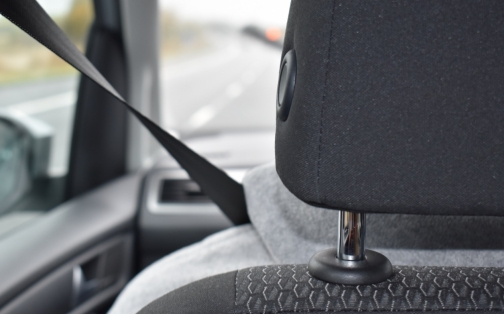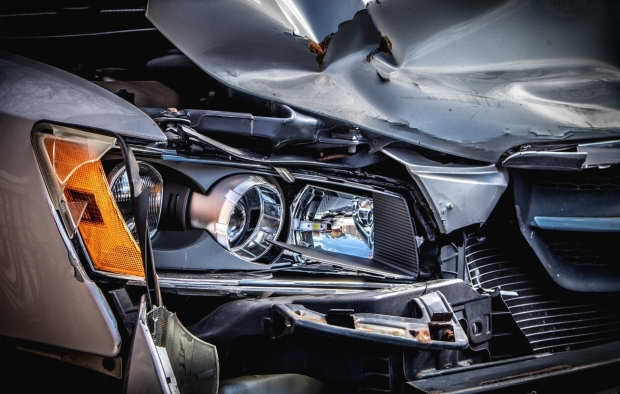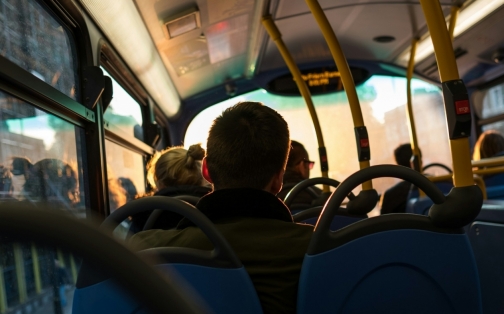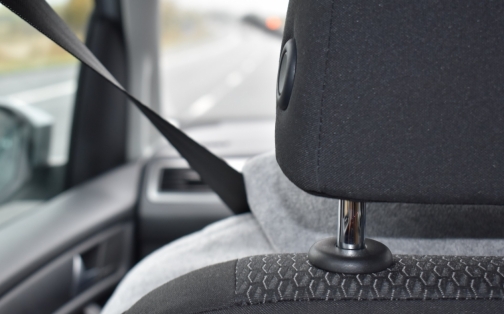
- Home
- News
- Road Traffic
- 'Rubbernecking' and the Potential Dangers

'Rubbernecking' and the Potential Dangers
Following an accident, it will often be the case that traffic builds behind it as vehicles funnel past under the instruction of the emergency services.
However, it is also the case that the opposite side of a dual carriageway will see large tailbacks due to the same incident. But why?
Why is there a traffic jam on the opposite side of the road to the incident?
With lengthy queues, and often no applicable reason for it, on the opposite side of the dual carriageway, the build-up in traffic and congestion is often down to one thing; rubbernecking. This is the term applied to when drivers stare at the scene of the accident instead of focusing on the road ahead. There is a tendency on the driver’s part to slow down so they can survey the incident for longer before going on their way. However, as a knock-on effect, this in turn slows the car behind with this trend continuing down the line of traffic. The result is decreasing speed the further back the queue you go.
Why is this dangerous?
If you were travelling at 70 mph and stared at an incident for three seconds, you will have lost focus of the road for over 100ft. With a rapidly changing driving scenario, in terms of others unexpectedly slowing down, it is critical that drivers focus on what’s on their side of the road and not the opposite side.
What should you do?
Although there may be the temptation to take a look, ignore what is going on and focus on maintaining your own safety on the road. Be ready for sharp breaking ahead, and even stationary vehicles, as the traffic builds and react in good time.
Share this article
Request a Callback
Had an accident that wasn’t your fault? Leave your details and we’ll call you back.
Thank you
Thank you for your request, one of our team members will be in touch shortly.
Find Out MoreExisting Client?
Keep on top of your claim 24/7, 365 days a year with Touchpoint, accessible from any internet-enabled device.



